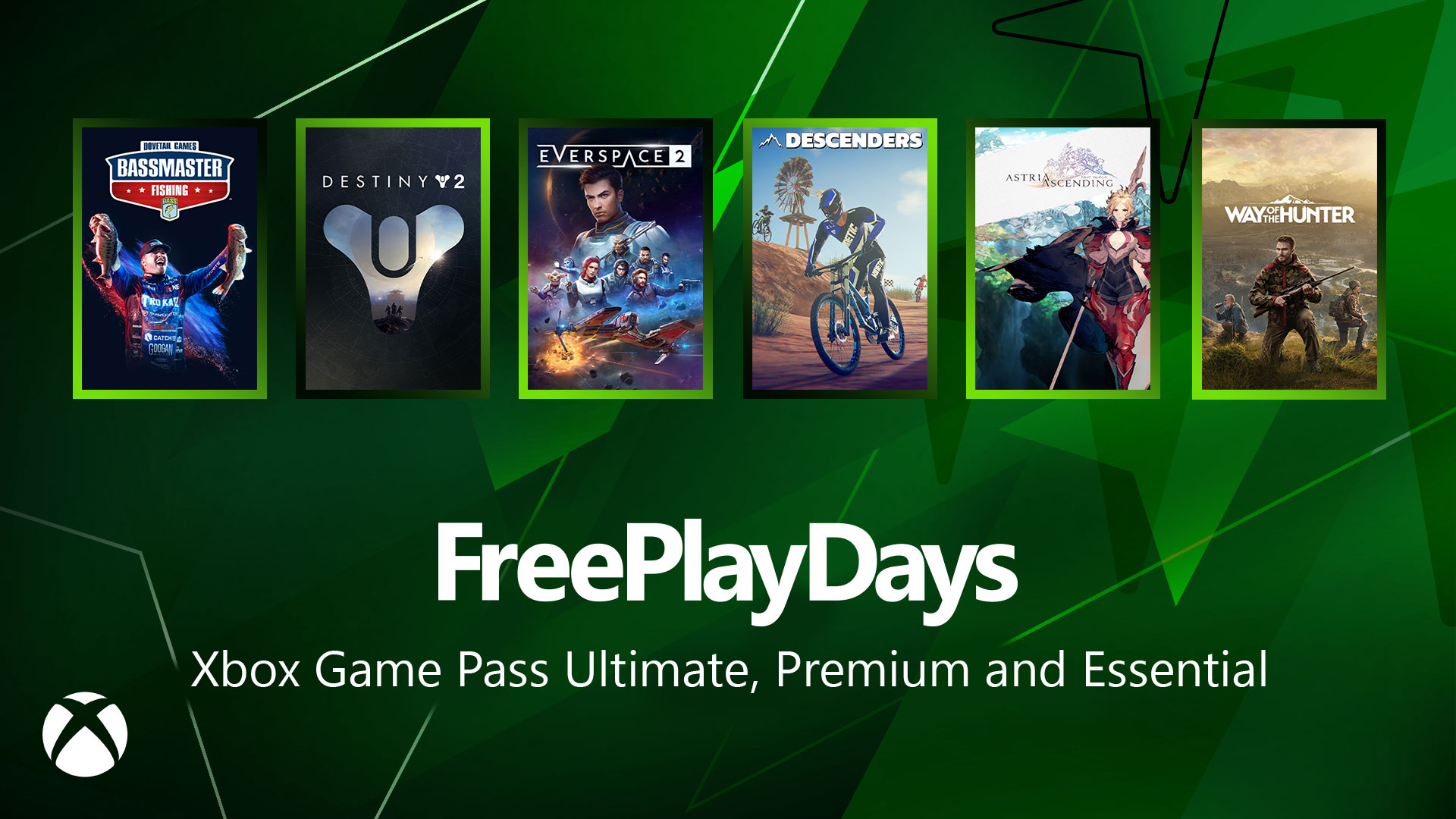Based on the historical book the Landnámabók, Landnama is the tale of Norse settlers who arrived in Iceland in the 9th century and attempted to carve out a life for themselves in a new land. When we think of the Norse from that time we naturally gravitate toward the typical image of a bloodthirsty Viking to whom carving out a new life meant carving out a few people, but Landama is much more chilled than that.
A game of Landnama takes place across a saga where you will attempt to successfully settle six different regions of Iceland. Pull it off, and you’ll unlock new clans to try out on successive sagas, each bringing their strengths and weaknesses to the table. Random rules will be introduced that make things trickier across your saga too, like being limited to just ten buildings. But you can also discover landmarks that provide bonuses for new settlements. However, if you manage to get three clans killed, the saga is over, and you lose. Simple, really.
Death comes swift and fast thanks to the harshness of winter. At the end of each year winter will takes its toll, ransacking your supply of hearts, which represent your clans resources. The bar at the top of the screen indicates the minimum toll and the maximum, with the exact number randomly selected each winter. Obviously, then you need to have at least the minimum amount of hearts to even stand a chance, although ideally you’ll have the maximum. There is a one-off item that lets you drop the toll to the bare minimum for the year, but once that’s gone there’s no leeway: if you don’t have the hearts your clan perishes.
Release Date: July 31st, 2023
Available On: PC (other platforms coming)
Reviewed On: PC
Developed By: Sonderland
Published By: SonderlandReview code provided by Sonderland
Success is determined by upgrading your core settlement five times which takes an increasingly large number of hearts to achieve. If you can manage it then the game declares the area settled and you move onto the next location, with a whole saga needing 6 successful colonies to be established. If a clan dies you’ll use up one of three strikes and have to pick a new clan.
Right, so we’ve got the basic premise sorted, lets talk about how you get hearts. Considering this is a game about Vikings you might understandably be thinking that I’m talking about human hearts acquired through go old fashioned pillaging, raping and general stabbing. Not so, good sir! The Vikings might have a bloodthirsty reputation but plenty of them were farmers, hunters and fast food employees and X focuses in on that experience. There’s zero combat – it’s all about building up your settlement in a more relaxed manner. Well, as relaxed as it can be when the impending winter is threatening to turn your Vikings into Vicicles. It’s like Frostpunk all over again, minus the child labour thing.

You start with two tiles uncovered: one for your little settlement, and one sea hex that you can build a little fishing port on to begin producing hearts. To explore a new hex costs hearts and time, both of which increase the farther away get from the settlement, but each new tile opens up more opportunities to generate hearts. Meadows can play host to a pasture for sheep, a mountain is perfect for hunting, a bog can produce peat and so on. Each one costs hearts to build, and you can typically only construct a single example of each production building, so positioning them is key. For example, a woodcutter will generate a lot more hearts if there are adjacent, empty forest tiles. As you expand, then, it might make sense to destroy a building in order to move it somewhere more lucrative.
An ingame year passes in just a few minutes, and is divided into 12 months with four harvests occurring. What you’ll earn per harvest is always clearly shown as is the time it will take to build or explore tiles, so you can plan ahead. There is a curveball though: halfway through the year a tragedy will befall your clan, perhaps a death or disaster, and you’ll have to choose between negative effects.
It’s tempting to simply stockpile hearts year after year but the developers have prepared for this level of genius thinking – the winter toll rises every year, and also gets higher and higher the more you explore the more you build. The game is like a careful balancing act, then, because exploring too quickly can result in the toll becoming devastating, and biding your time can do the same. Throw down buildings all over the place and you’ll pay the price.
There are other building types to take into consideration, too, some of which are tied to specific tile types. One boosts the production of every adjacent tile, some others reduce effects of winter or let you earn extra hearts at the start of the year.

Each time you upgrade your settlement you also get to pick from a potential benefit, although each one also has a hefty downside. That might mean being able to build two pastures at the expense of woodcutters generating nothing, for example. There’s a reasonable dollop of roguelite running in the background thanks to each areas tiles being randomly thrown together using some magical formula, so sometimes the various systems will coalesce into something magical. A settlement bonus might let you build a second hunter at the cost of your non-existent pastures, the perfect choice for a map made up of nothing but mountains, while another bonus might double the adjacency bonuses, too.
Of course, sometimes the opposite happens and the various Norse gods seem intent on making life miserable. There will be times where it feels like the odds were against you from the very start, but at no point does Landnama feel unforgiving or unfair – more often than not, I can look back and realise that it was my own hubris that screwed me over.
It doesn’t ever stop being a nice, relaxing experience, too. The ingame years saunter past at a satisfying speed and most settlements took me anywhere from 10-20 minutes to finish, meaning a whole saga can be done quite quickly. There’s something very pleasing about the steady uncovering of the map and watching the harvest amounts tick upwards, and its satisfying to find the perfect place for a production building or to stumble into a great mix of effects that result in 3 buildings churning out hearts like crazy. It’s the complete opposite of what I imagine life for my little clan must really be like, a never-ending rollercoaster of stress where every winter could be the end of their journey.
The one potential criticism might be the longevity. After playing through a successful saga or two, I didn’t feel any urge to keep going. The unlockable clans are nice but the benefits and weaknesses they bring are nothing special, and the game doesn’t have anything new to throw into the mix. In fact, after just one saga you’ve pretty much seen everything it has to offer in its gameplay. There’s a daily quest that tasks you with building a settlement under certain conditions, but I’m not sure that’s something worth sticking around for.

This might partially be my own fault, though. The downside to reviewing games is that I typically sink in a lot of time very quickly, and Landnama is more like something you can come back to over and over again rather than a game you want to play for hours on end.
You could certainly take aim at the simplicity of Landnama, if you really wanted. I can easily picture this being on a tablet or phone, a nice way to kill a bit of time, but for some people they’re just going to want more from the experience. Simplicity can be fun though, and just what the Viking doctor ordered if you want to kick back for a while.
Landnama comes from a tiny development team of just three people, and this is their first game. For a debut it’s extremely polished and slick, and a fantastic concept for a streamlined city builder. Sure, if you’re looking for something bigger and deeper it’s not going to be for you, but if you’re after something that doesn’t cause your brain to catch fire then Landnama is for you.





